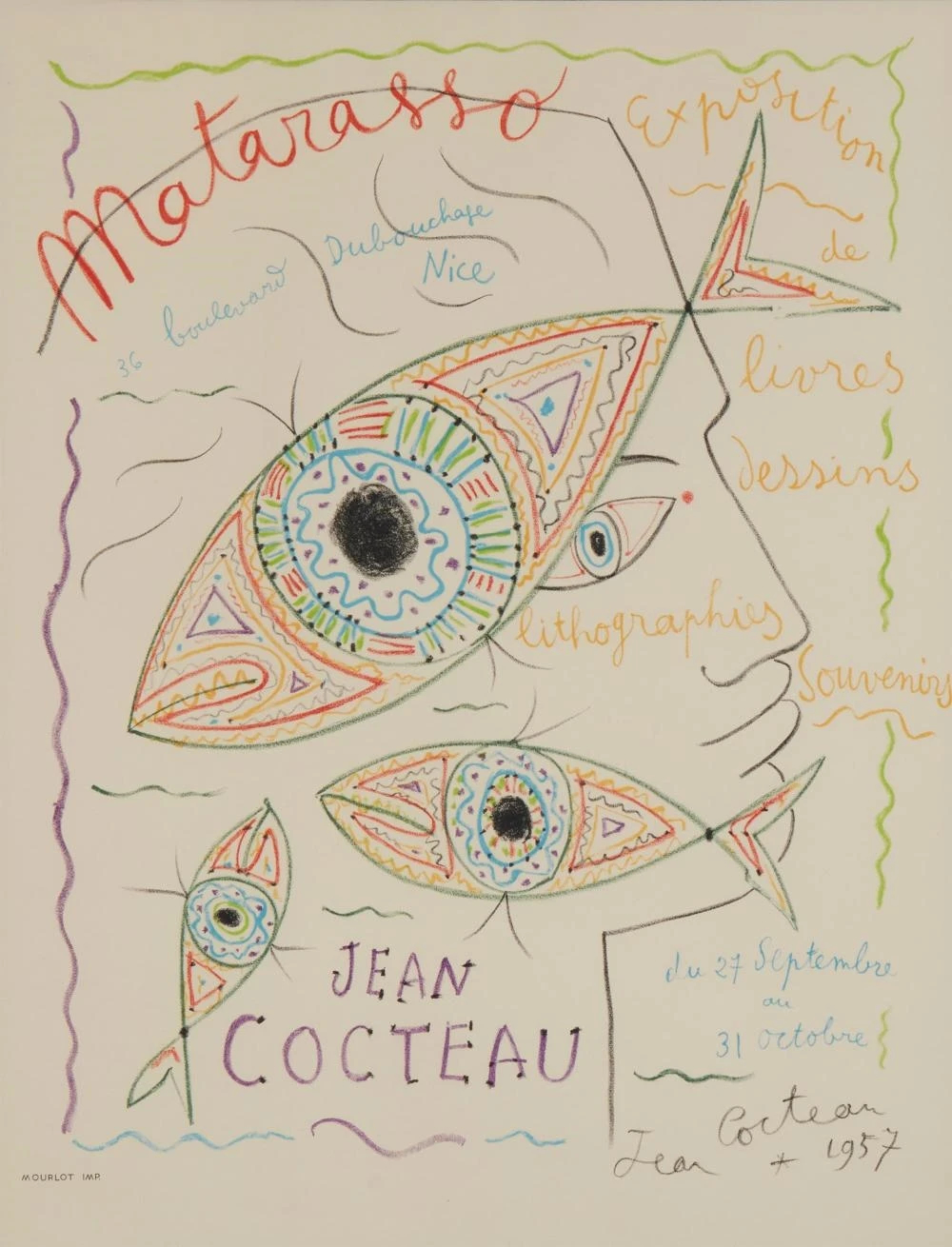.fbjson file

This page is a guide to learning Sarabande 3 on a tapping Instrument such as the Chapman Stick or the acoustic Dragonfly DFA .
You don't need to know how to read music. In fact, you can get 90% of the way there just by watching the videos and referring to the Fretboard diagrams, and playing the song on the Musecore web page. The videos to go along with this piece are at this youtube playlist Sarabande 3 tappetizer playlist
The Score (and tabs) to go along with the diagrams below is available Here Look for the ones with names that start with the Sarabande3. This is the authoritative one which is for twelve string Matched reciprocal tuning
Note:
- Each of these diagrams is in 12 string matched reciprocal tuning. It will have link to a
.fbjsonfile that you can download and then use in conjunction with the Fretboard diagammer web app- You can read the file into it and change the tuning in the tuning configuration drop down and it will make a (simple minded) try at converting it.
- You can click on any diagram to get an enlarged version.
This song is in Bb minor, (Db Major scale). and , like all Sarabande's, it is in a 3/4 time with a slow tempo. 50-60 bpm works well at first. One can speed up it up once you get feel for how you want to play it.
Most of the barioque dance suites, which included a sarabande, followed a what is called a binary form which is comprised of two sections, A and B , that are usually played twice giving you:
A A B B
Sarabande no. 3 loosely hints at this format, but the general feel of the piece is so ephemeral, it's not very recognizable.
The note names and chords in Bb minor are
i Bb Tonic Bbmin Bb - Db - F
ii* C supertonic Cdim C - Eb - Gb
III Db mediant DbMaj Db - F - Ab
iv Eb subdominant Ebmin Eb - Gb - Bb
v F dominant Fmin F - Ab - C
VI Gb submediant GbMaj Gb - Bb - Db
VII Ab leading note AbMaj Ab - C - Eb
Of course, this is Satie, so this piece is far afield of the sarabandes of old harmonically.
It has a pretty big range, so if you are using a different tuning than 12 str matched reciprocal. you will have to do a small bit of arranging in a few places. I have already done a bit of arranging of this piece to get it to fit into range of typical tapping instruments (nothing major though, mostly just one 4 bar section dropped down an octave)
Section p and Section q are:
-- A series of descending lines that move
from the melody side to the bass side,
-- Followed by a couple measures
of block/poly chords